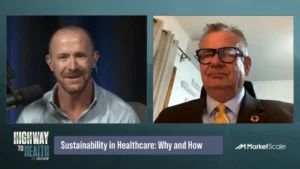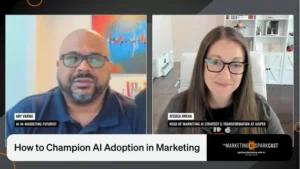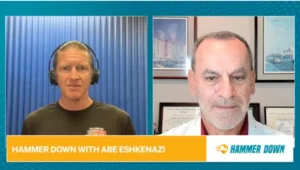Community Bank Lending Sends Signals on the Right Time for Private Debt Investment
Those wise investors examining market tea leaves could see trends in private debt investment by following community bank lending patterns.
In recent years, financial advisors and clients have turned to private debt, also known as private credit, as a diversification strategy amidst looming economic recessions. This form of investment allows affluent individuals and retail clients to collaborate with pensions, insurance firms, and sovereign wealth funds, focusing on financing outside traditional banks. Notably, global private debt investments surged to $1.3 trillion by September 2022, marking a twofold increase in five years.
Major players in this realm include Ares Management, Carlyle Group, Blackstone, and Bain Capital, emphasizing the growing appeal and versatility of private debt in the investment world. BlackRock Inc., for example, is launching the Climate Transition-Oriented Private Debt Fund, a new ESG investment strategy, adding to its platform worth over $100 billion to capitalize on this rise in companies seeking private debt.
Taylor Herzog, Founder and Chief Investment Officer for TYME Advisors, says that to understand how the increase in private debt investments affects larger financial portfolio management strategies, study the activity of community bank lending.
Taylor’s Thoughts
“Community banks are levered private debt lenders because that’s exactly what they do; it’s private debt. Unlike big banks that don’t do as much lending, community banks lend private, and it’s a levered lending through deposits. Reading that segment and seeing what they’re saying gives you a really strong context of what’s happening in that market.
Private debt is generally far more risky in that they have higher default rates and lower recovery rates. And the main reason is if you’re doing private debt, you’re not really doing that because you want to. Public debt, meaning it’s floated and you can publicly trade it, generally has better terms for the borrower. So, if you could, you would have done that, generally. So, if you’re in the private debt, it’s not because you want to. So that generally means there’s more risk involved.
Whether it’s a good idea or not, it’s really relative to the price you pay and where you are in the credit cycle, possibly quite substantial. It’s mostly relative to what you’re decreasing your exposure to. So, like you mentioned if you’re increasing private debt, by definition, you’re decreasing something else. Again, if our starting point was Zurb, large allocators generally were taking more risk than normal because if they have a required rate of return requirement, when bonds were paying 0%, you would fail your mandate. So, they were forced to take more risk, and they might, and this is again, hypothetically, they would take more equity risk or levered real estate risk or other forms of levered pro-cyclical growth exposures.
Now that rates, let alone on treasuries, meaning risk-free, is 5%, 5.5%. The risk-free rate is increasingly getting within stretch distance of meeting the required rate of return goals. That also means private debt is very much within that reach now. Suppose the selling pressure to fund the private debt comes from other, and this is key, other private assets. In that case, that’s possibly a catalyst for price discovery, which at this time can have a cascade effect because in private markets, the joke is you mark to myth, meaning you mark to what you want or mark to model.
The forcing function is usually when you are forced to sell. So, in this case of an allocator saying, sure, sell my commercial real estate, sell my venture capital. I’m going to go buy private debt. That can force large drops in those private asset values because you’re forcing a sale. That impact in the overall market could be substantial. I think it’s worth watching on that aspect.
Other aspects you ought to consider, if you think about it, community banks are levered private debt lenders because that’s exactly what they do. It’s private debt. Unlike big banks that don’t do as much lending, community banks lend private, and it’s a levered lending through deposits. Reading that segment and seeing what they’re saying gives you a really strong context of what’s happening in that market. And this is part of why the private debt market is growing for investors as opposed to banks. Why? Because as we’ve talked about, banks are constrained both on willingness and ability. That doesn’t necessarily completely wipe off demand. So now investors are stepping in saying, hey, these bankers aren’t lending as much. We can come in at the right price. I think it’s an open question if it’s priced correctly simply because we’re just starting the default bankruptcy cycle. But it doesn’t change the fact that good lending, at the end of the day, is about the five C’s of credit, which are character, capacity, capital, collateral, and conditions.”
Article by James Kent






